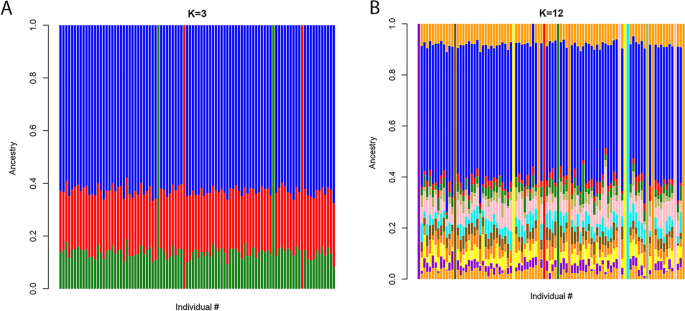Affiliations
- Faculty of Medicine, East Africa University, Bosaso, Puntland, Somalia - Abshir A. Ali
- Bosaso general hospital, Bosaso, Puntland, Somalia - Mikko Aalto
- Department of Clinical Genetics, and Department of Biomedical and Clinical Sciences, Linköping University, Linköping, Sweden -Jon Jonasson
- Department of Clinical Chemistry, and Department of Biomedical and Clinical Sciences, Linköping University, Linköping, Sweden - Abdimajid Osman
Study population
The study recruited 95 unrelated individuals living in Bosaso city in the Northeastern region (Puntland) of Somalia. Birth places were confirmed with available documents or based on questionnaires. All participants were identified as ethnic Somalis belonging to the recognized clans of the Somali lineage. Age ranged between 18 and 65 years (57 males and 38 females). Most of the study participants (96%) were born in Puntland. Two individuals were born in South-Central Somalia, another person was born in Northwestern Somalia (Somaliland), and one individual was born in the Somali region of Eastern Ethiopia.
Findings:
•60% Ancient East African
•25% Ancient West Asian (Middle East)
•15% Ancient North African
It is worth to mention that most of our samples were collected in the North Eastern region (Puntland) and that results in this study may reflect the genetic makeup of the population in this part of Somalia. However, recent evidences based on Y-STR haplotypes studied on Somalis from diverse geographic locations and clans suggest that ethnic Somalis are largely homogenous17
I hope that finally settles this ongoing debate for further information here:

Genome-wide analyses disclose the distinctive HLA architecture and the pharmacogenetic landscape of the Somali population - Scientific Reports
African populations are underrepresented in medical genomics studies. For the Somali population, there is virtually no information on genomic markers with significance to precision medicine. Here, we analyzed nearly 900,000 genomic markers in samples collected from 95 unrelated individuals in...




